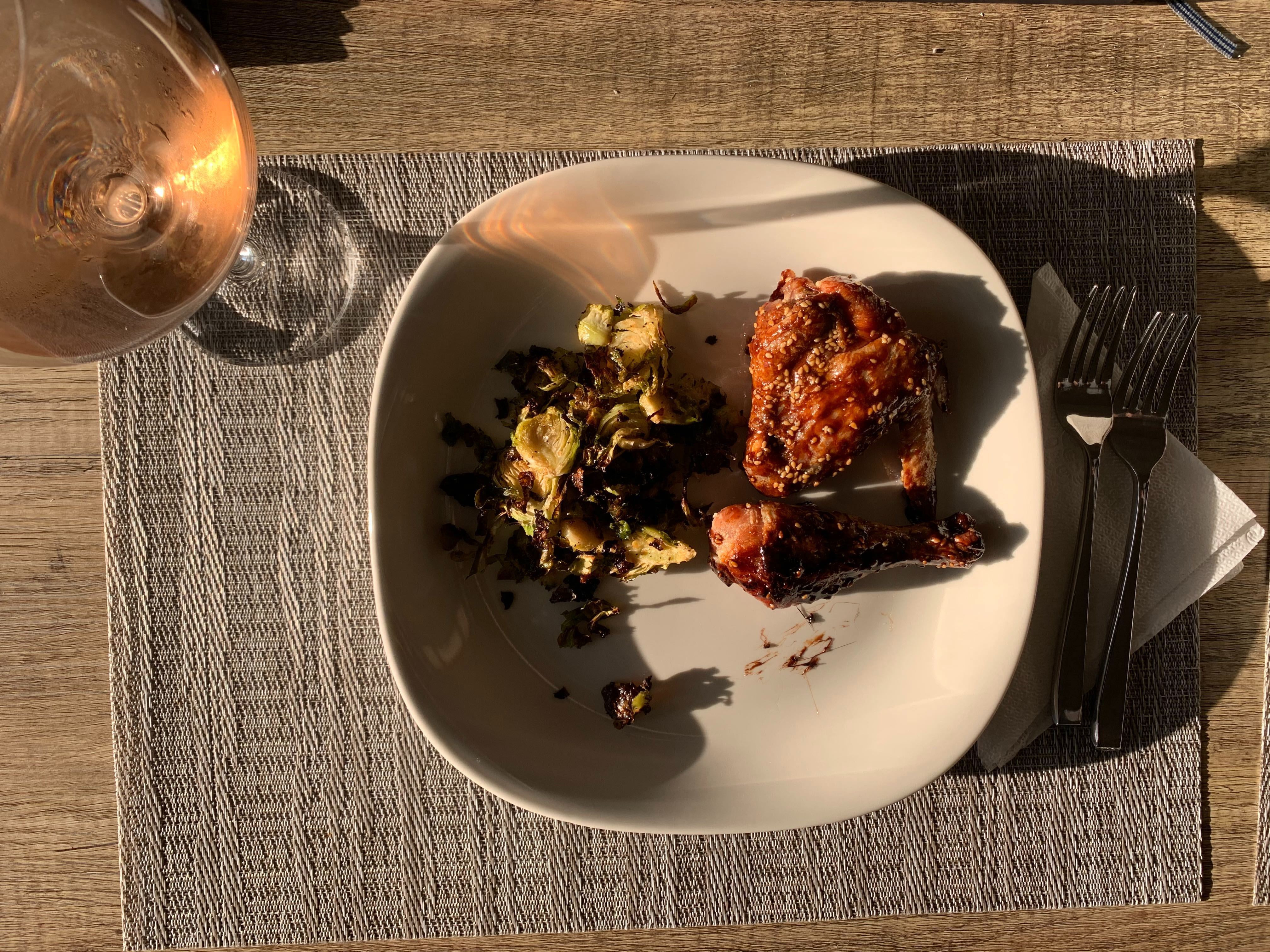COVID-19: People Aren't Just Getting Sick — They’re Also Going Hungry

Being a human right now is hard. I live in San Francisco, and I’ve been in self-quarantine for four weeks now. Earlier this week, we found out that our “shelter in place” will be extended until at least May 1. That’s another four weeks of being locked inside of a 600 square feet apartment. Another four weeks of not seeing anyone except my roommate. Another four weeks of not being able to go to restaurants… That’s probably what I miss the most.
I’m tired of cooking and find myself daydreaming about eating out at my favorite local restaurants, like Hazel’s Kitchen and Nopa. I realize that my problems are “first world problems.” I’m very fortunate to have food at home - many people don’t right now.
Not only are people getting sick because of COVID-19, they’re also going hungry.
Widespread layoffs means millions of people are no longer able to pay rent and buy food. School closures means millions of kids who rely on school meals risk losing their primary source of food.
Having access to healthy food is essential to staying healthy. We all need to eat, and eating well matters for our health, especially right now. That’s why I was baffled when I learned about the United States Department of Agriculture (USDA) proposal to weaken school nutrition standards.
The rule would let schools serve fewer veggies and fruits and more high-calorie foods like pizza and burgers. Yes, schools are closed right now. But, thankfully, school meals are still being served. Since so many kids rely on school meals, the USDA issued a nationwide waiver, allowing schools to continue to provide food to kids. This is great. What’s not great is that the USDA wants to make school meals less healthy in the long run. An assessment by Healthy Eating Research found that the proposed rule would have a detrimental impact on children’s health and academic performance.
Widespread layoffs means millions of people are no longer able to pay rent and buy food. School closures means millions of kids who rely on school meals risk losing their primary source of food.
Like I said, we all need to eat, and eating well matters for our health, especially right now.
If there is a silver lining in all of this is that schools and organizations are stepping up to make sure people who need food can get it. Here in the San Francisco Bay Area, White Pony Express, a nonprofit food rescue group, has committed to delivering 415,000 nutritious school meals to families in their homes. Schools across the country have also established grab-and-go sites, where meals can easily be picked up. And the private sector is stepping up too. Business Leaders Fighting Hunger, an organization co-founded by Burness, donated $50,000 to organizations providing hunger relief in the D.C. area.
As businesses and schools continue to close, the number of food insecure people will keep climbing.
Here’s an idea: If you can, donate the money you would’ve spent eating out to a food bank. Another thing we can all do is submit a comment to USDA by April 22, urging them to maintain strong school nutrition standards. It’s easy, and it’ll help you feel connected to a greater cause, which is something we all need right now.